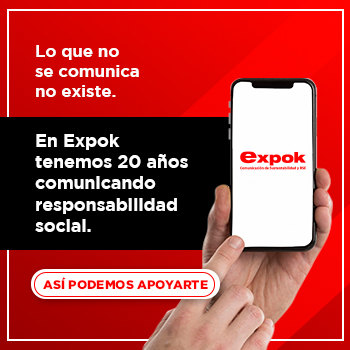From turning cooking oil into bio-fuel and potatoes into gas, McDonald’s Corporation is employing a variety of sustainable practices in its supply chain and restaurants. These practices are highlighted in the “Global Best of Green”, updated from 2009, and the “Best of Sustainable Supply”, both of which can both be accessed or downloaded as PDFs at a new interactive website.
“These best practices illustrate that McDonald’s and its suppliers are committed to continuously improving our sustainability performance. We have scores of “green laboratories” that are developing and testing environmental innovations that can be shared across the company and scaled where it makes sense, “said Bob Langert, vice president of Corporate Social Responsibility.
“At the same time, our suppliers are taking the initiative to help us achieve our holistic vision of a sustainable supply chain by developing best practices in everything from employee wellness, to climate and energy to animal welfare. All of these advancements are good for our business and the world in which we do business.”
Examples of Best of Sustainable Supply Chain include:
* Harnessing the wind: In the U.K., McDonald’s supplier McCain Foods uses wind turbines at a French fry factory to provide up to 60 percent of the annual electrical power required to operate the plant annually, reducing CO2 emissions by 10,000 tons in 2009. When the plant is not operating, surplus electricity is sold back to the National Grid.
* Potato energy: In Austria, McDonald’s supplier Frisch and Frost takes the solid by-product from potatoes and converts it into gas, and the residue from that process is delivered to farmers who use it as a natural fertilizer. The facility produces about 6 GWh energy per year, which supplies 2,000 houses with electricity and saves 30 percent of on-site electricity.
* Enriching employee values and self esteem: McDonald’s supplier The Marketing Store (TMS) initiated a four-part employee development program in China to provide well-rounded development opportunities to their employees. Elements included enhancing factory employees’ competency in interpersonal skills, expanding their knowledge in areas like reading, computer skills, communications, and internet online services, showcasing their talents, and facilitating job rotation, promotion opportunities, and performance awards. The program resulted in an average turnover rate of about 12 percent, compared with 20 percent before the program, providing a stable workforce and high productivity.
* Scientific search for sustainable egg production – McDonald’s and supplier Cargill Kitchen Solutions are leading the Coalition for Sustainable Egg Supply to address the significant gap in scientific knowledge related to the comprehensive impacts of laying-hen housing systems.
Examples of Global Best of Green Restaurant include:
* Optimizing oil recycling: More than half of the McDonald’s restaurants in the U.S. participate in an innovative oil recycling program, resulting in the recycling of nearly 13,000 pounds of used cooking oil per restaurant each year.
* Waste management in Germany: McDonald’s Germany is managing the waste of its 50 company-owned restaurants with the help of McEnvi, a proprietary tracking software with filtering options that supports planning and tracking of waste quantities and costs.
* Greening the Restaurants: McDonald’s Europe’s many green initiatives are seeing success, including the installation of solar panels, windmills, heat recovery systems and recyclable building materials. In “Green City,” the McDonald’s UK Environmental Sustainability Initiative in Sheffield, 11 restaurants send their waste to an energy-recovery facility and test environmentally-friendly technologies. The “Green Zone” in Umea, Sweden is a building project developed to conserve natural resources without compromising function or comfort. There, customers find an eco-designed roadside area providing car service facilities with a food store and a McDonald’s restaurant.
* Water Conservation: Some water-conservation technologies in use at McDonald’s Australia restaurants include low-flow spray nozzles, dual-flush toilets and extensive native landscaping and water conservation improvements through smart irrigation practices.
* Waste Reduction: In Chile, residents dispose of three million mobile phones and five million computers containing toxic materials per year. McDonald’s Chile is part of a program to recycle electronic waste, such as computers, screens, heavy metals, chips, glass, etc., and turn it into useful materials to be transformed into raw materials for the creation of new products.








